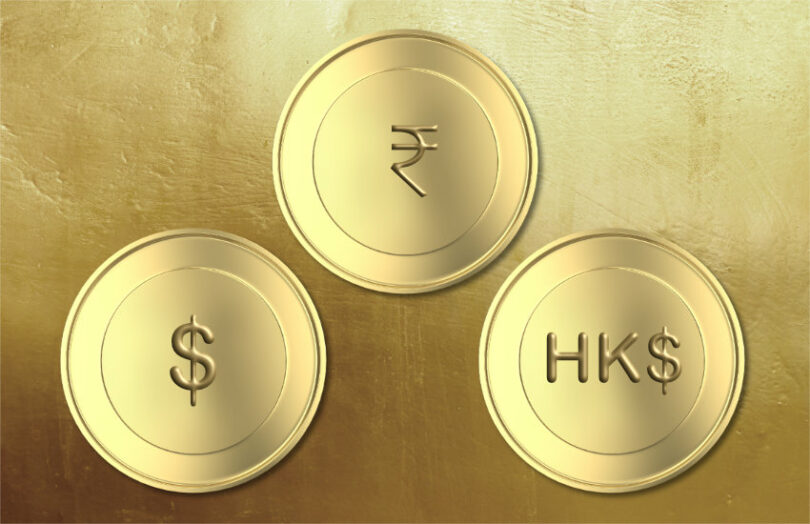The Reserve Bank of India is in discussions with the U.S. Federal Reserve, the Hong Kong Monetary Authority (HKMA) and Swift regarding the potential to use a central bank digital currency (CBDC) for cross border payments. The Economic Times reported that a working group was set up to explore the topic, citing insider sources.
With both retail and wholesale digital rupee pilots in progress, India has made no secret about its interest in cross border CBDC. Last month Governor Shaktikanta Das said the central bank is “even more convinced that CBDC can be the most effective and efficient mode for cross border payments.” A month earlier, an Indian Treasury official made similar comments about the potential cost savings.
India and the UAE already have a CBDC collaboration. However, India already has direct cross border payment links with the UAE and Singapore. These are two of the top four sources of remittances, alongside the US and UK. To get CBDC traction and prove its worth, jurisdictions where India doesn’t already have direct links are ideal. The United States is the leading source of inbound remittances making up around 23% of India’s $111 billion incoming funds.
The New York Federal Reserve recently ran a cross border CBDC trial with Singapore. Addressing U.S. remittances could bring significant benefits to India’s population. However, the United States is not seen as a frontrunner in CBDC adoption, because of political pushback.
Hong Kong ranks only ninth in terms of India’s inbound remittances. However, the island is part of the cross border mBridge CBDC project alongside the UAE, China and Thailand. Hong Kong is also participating in the beta testing of Swift’s CBDC connector solution. It may be that India wants to take part in the same test with HKMA.






